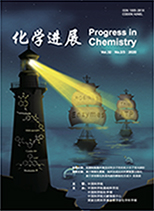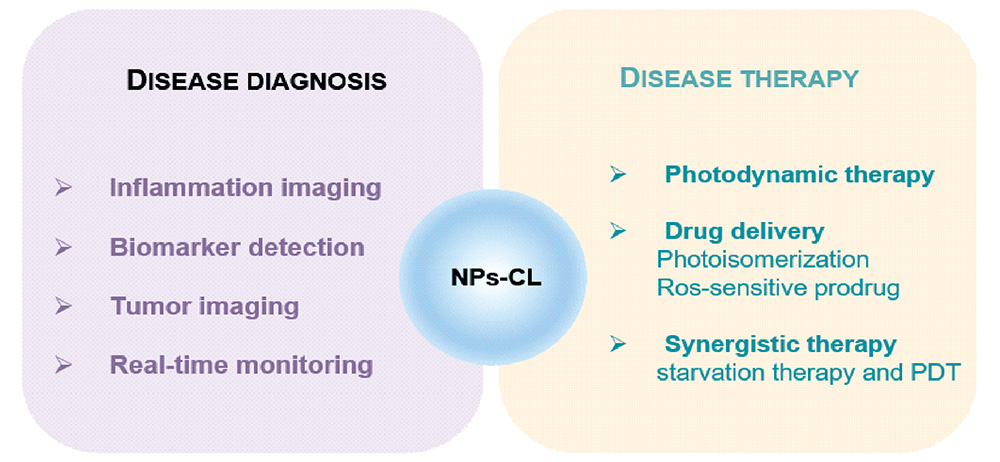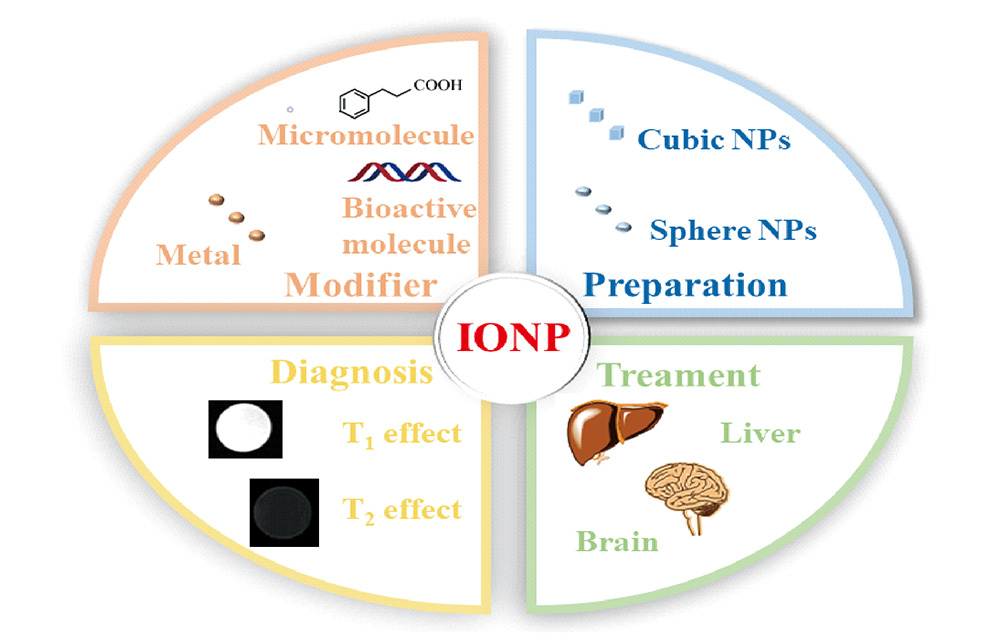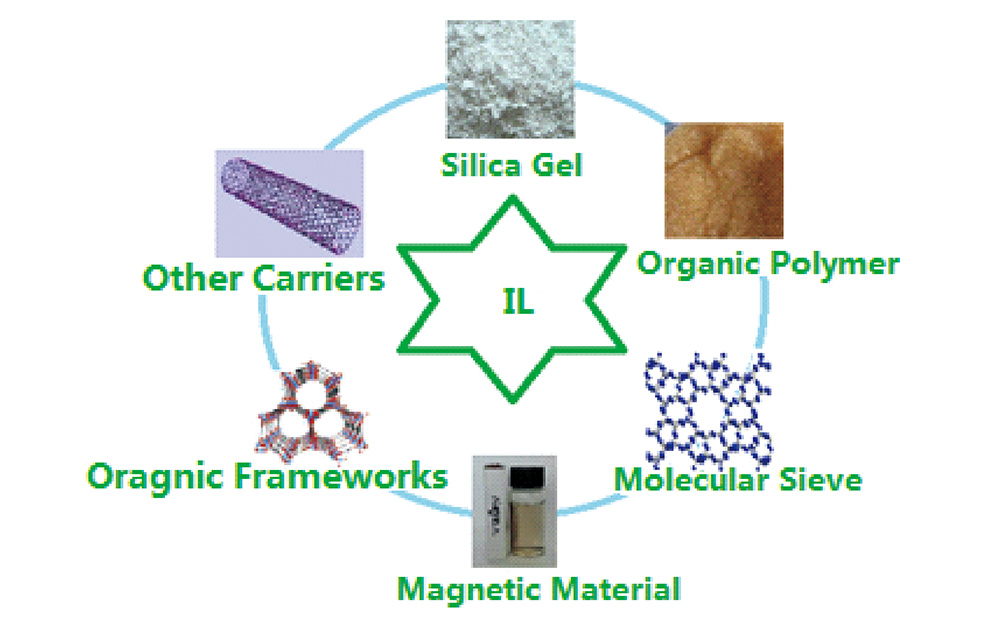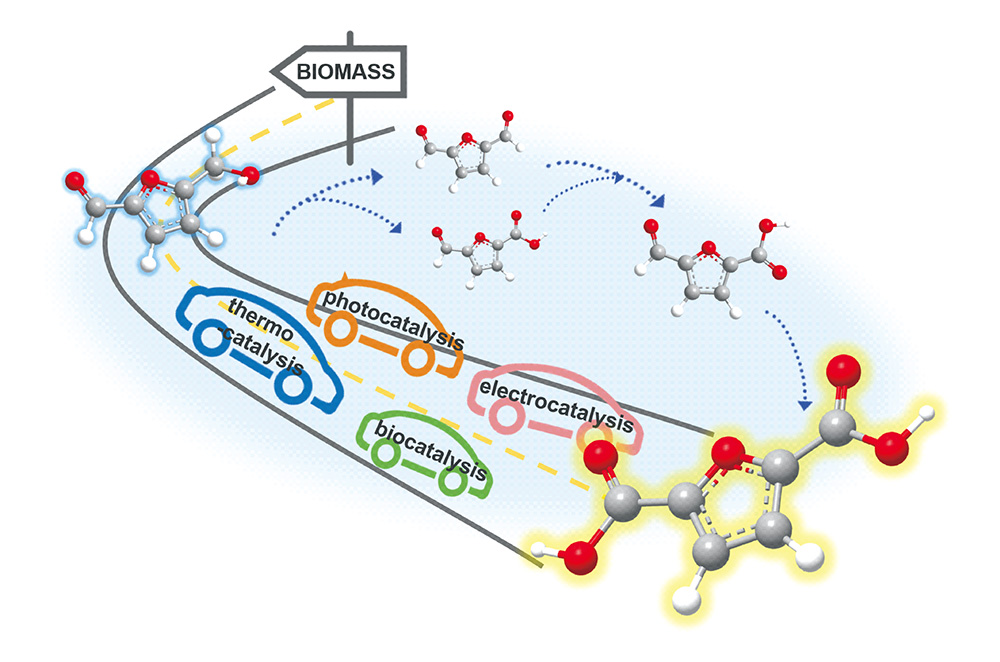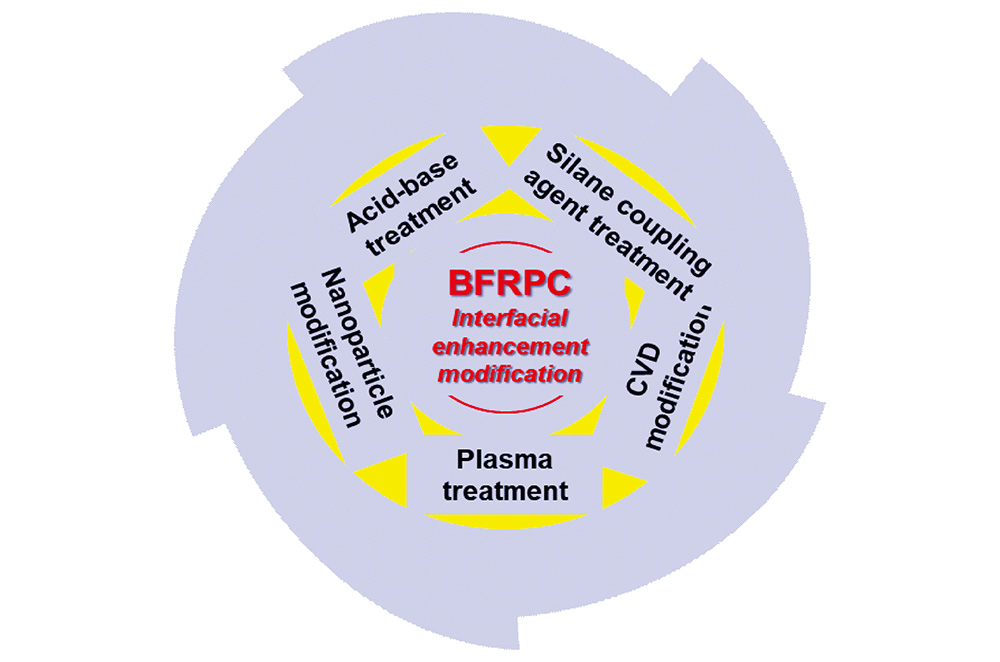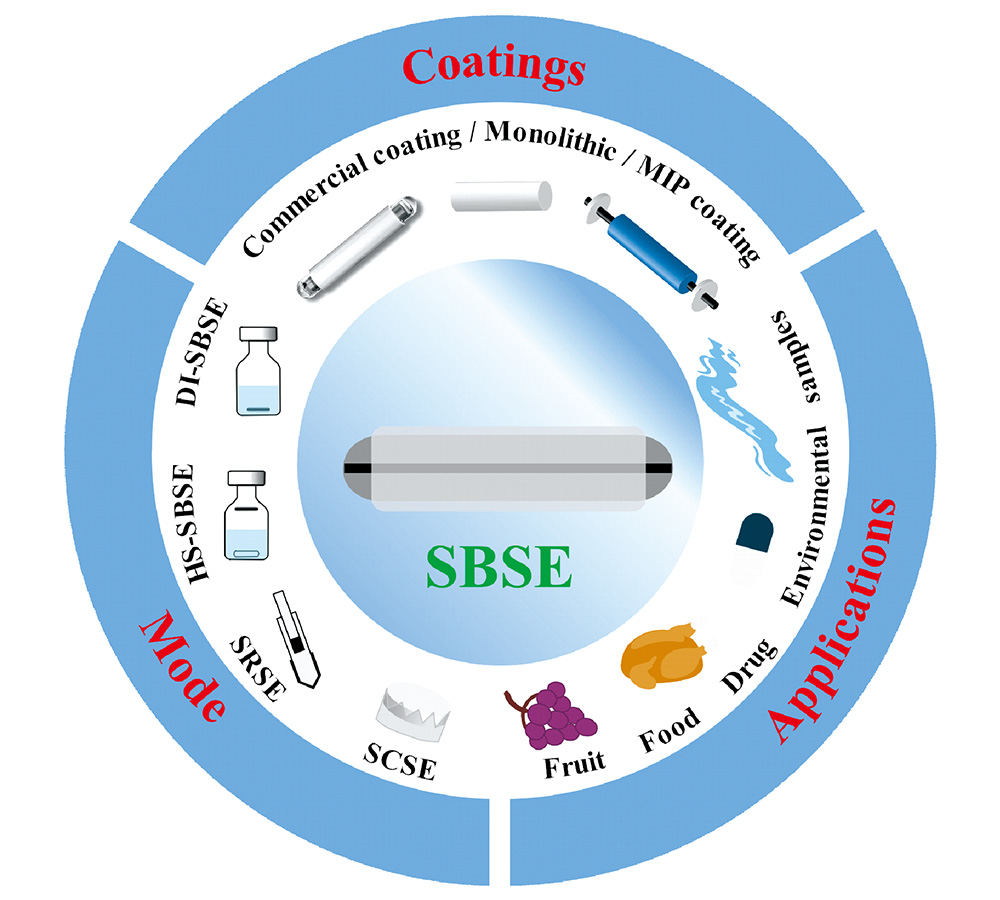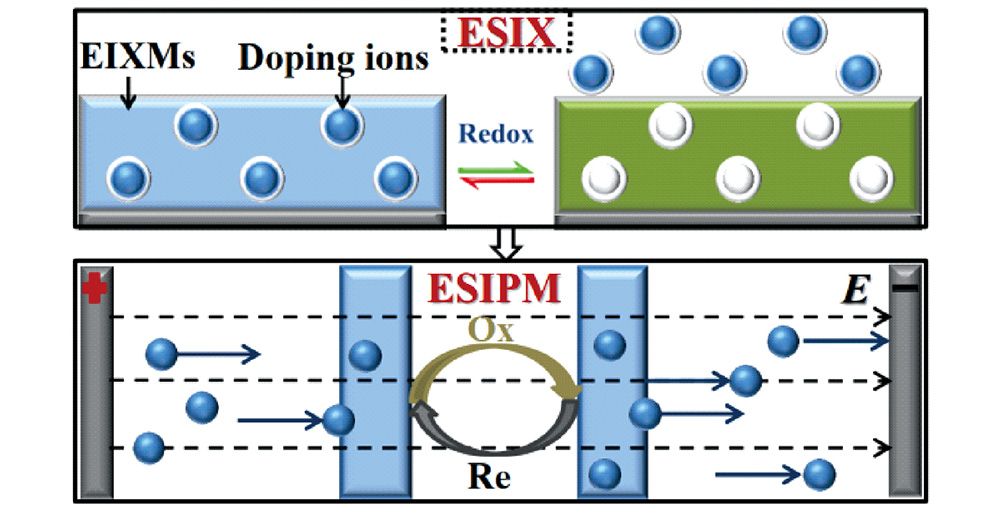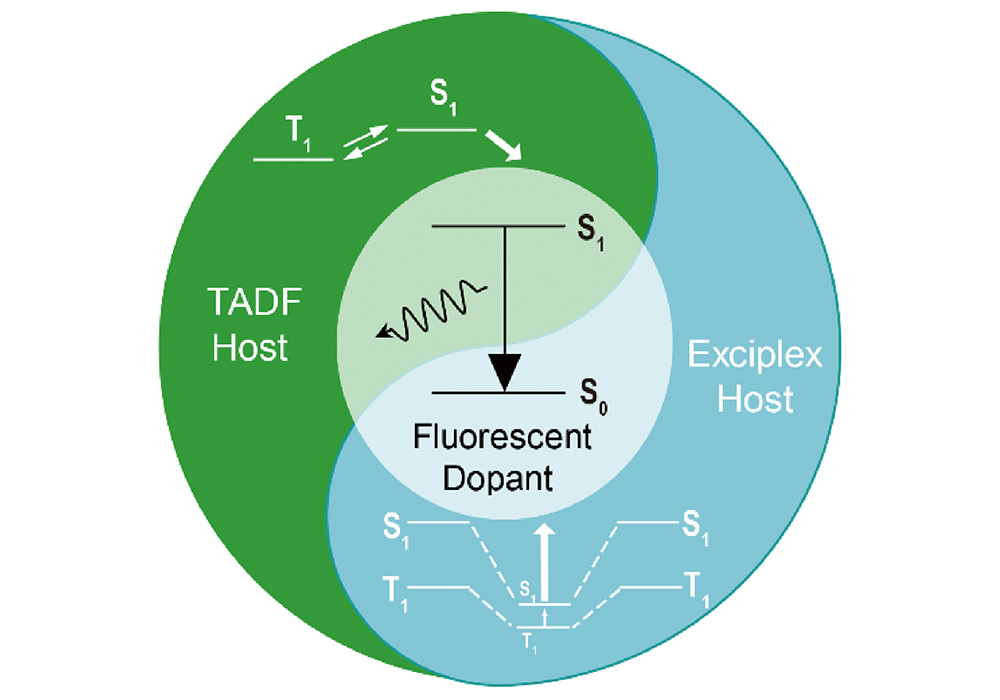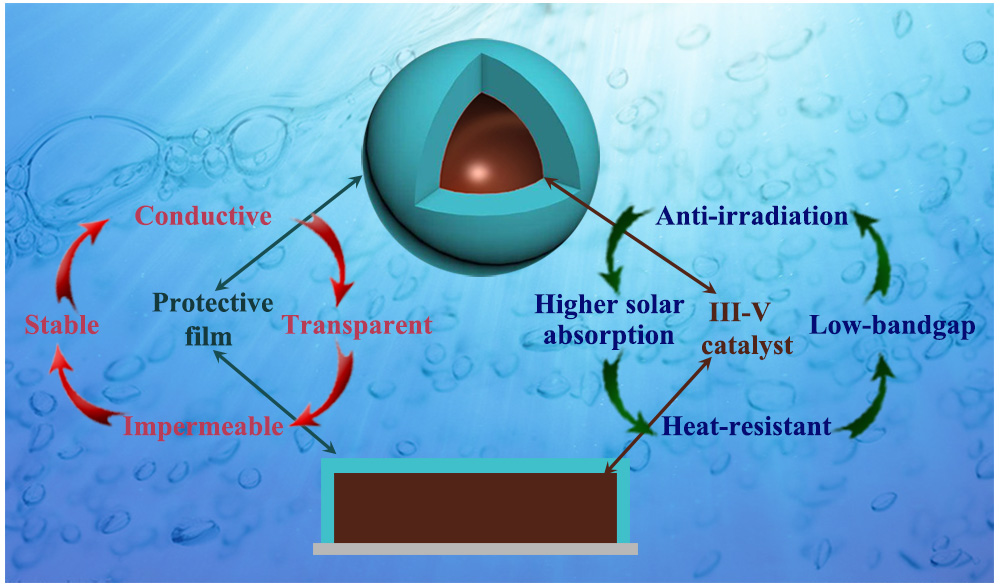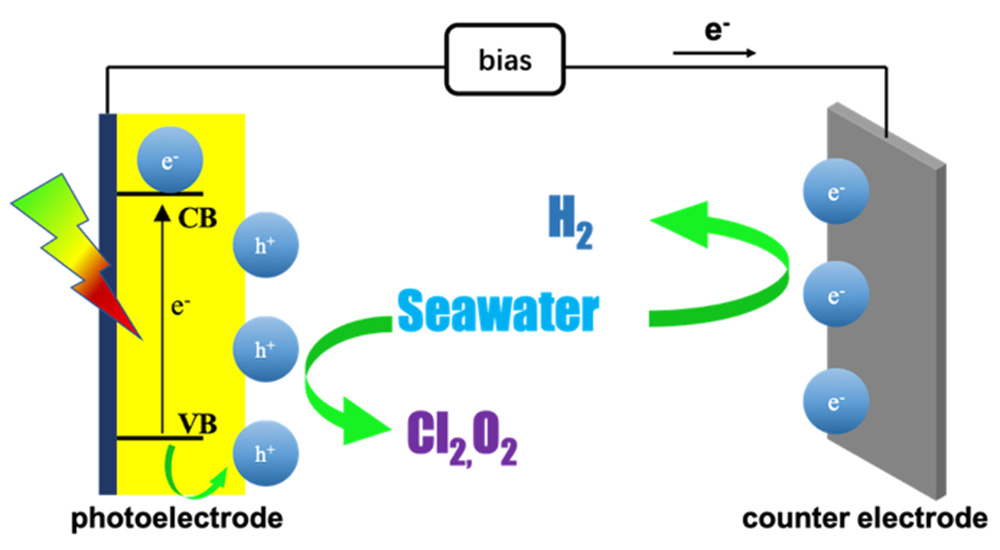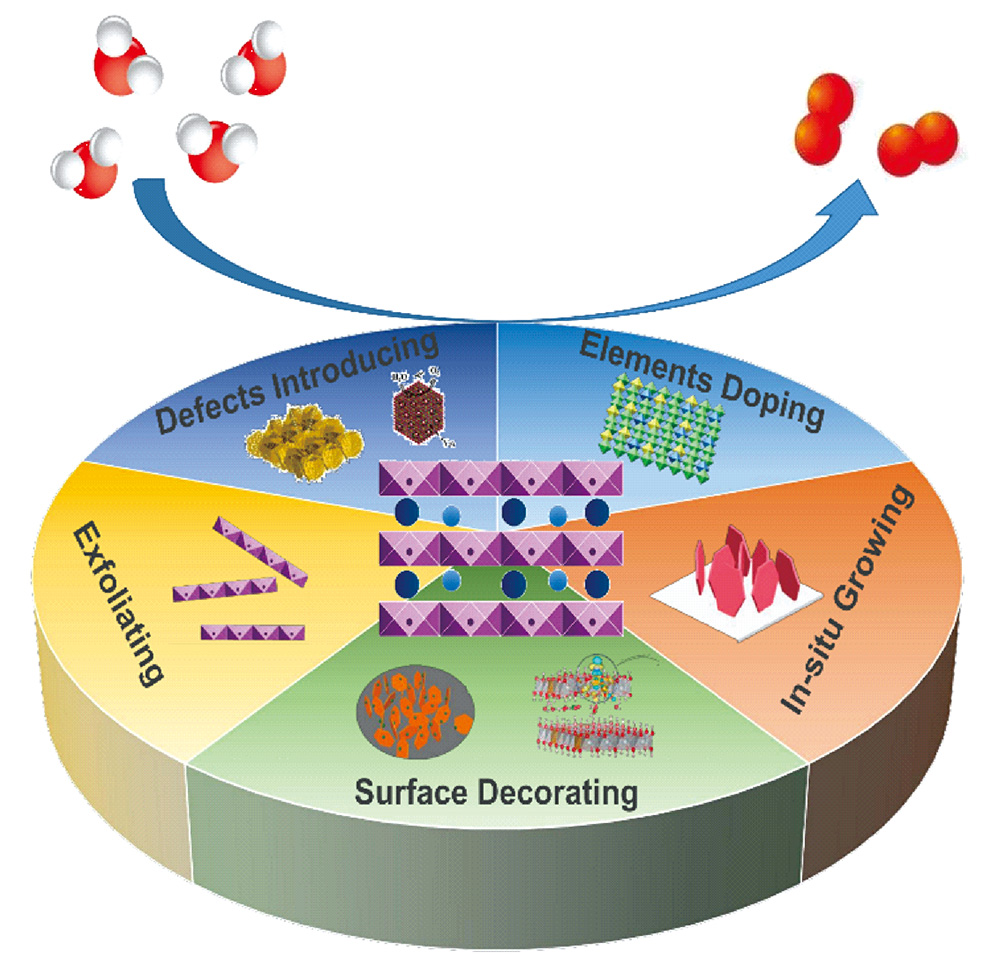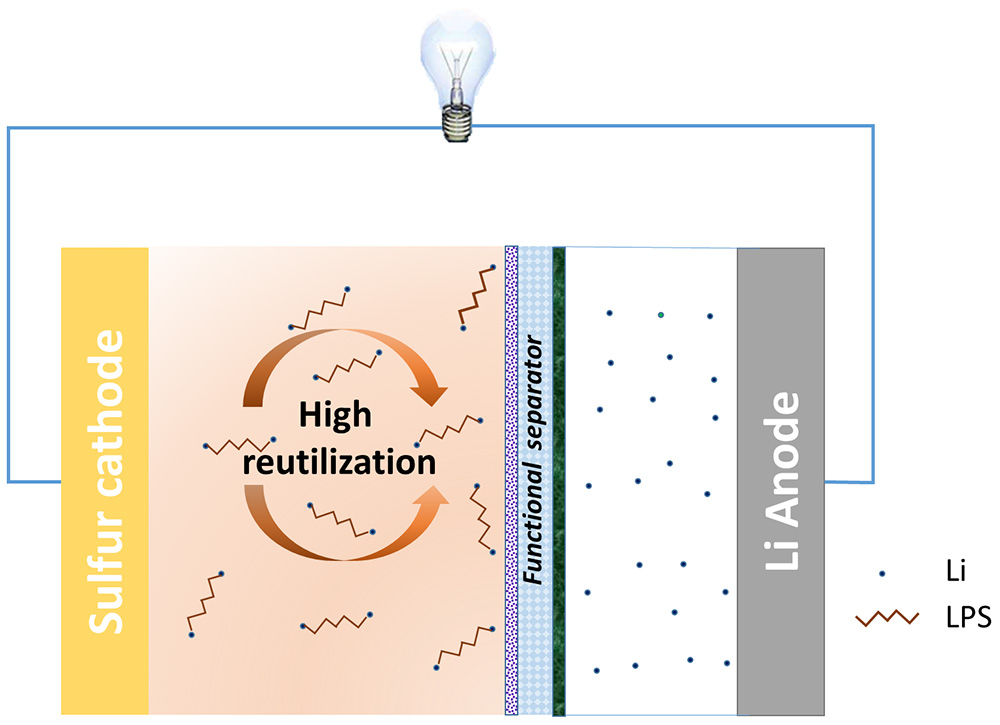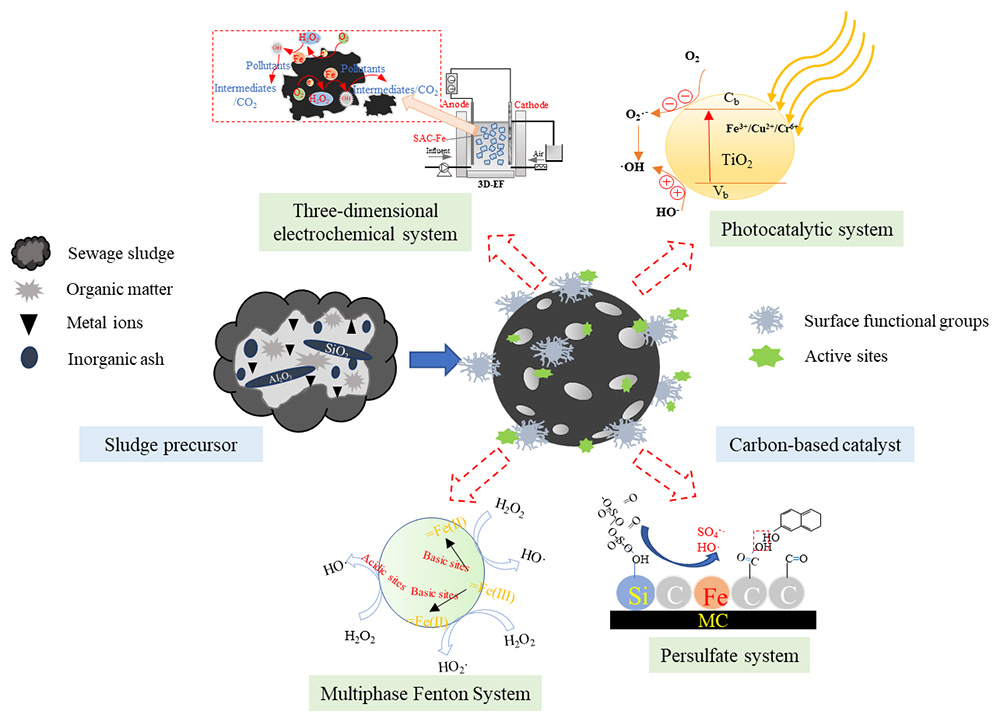Yan Huang, Guodong Liu, Xueji Zhang. Detection and Diagnosis of COVID-19[J]. Progress in Chemistry, 2020, 32(9): 1241-1251.
The novel coronavirus disease(COVID-19) is a highly contagious pneumonia that has swept the world since December 2019. It has a huge negative impact on the global society, economy and life, which also seriously threatens people’s lives. Since there are no specific drugs or vaccines against COVID-19, rapid and timely detection and diagnosis are essential for controlling the epidemic. This article reviews the current detection methods for COVID-19. It mainly compares the function of computed tomography-based, nucleic acid-based and antibody-based methods for the detection of COVID-19, summarizes the advantages and weaknesses, and reviews recent research progress. Virus isolation is the gold standard for detecting viral infections but requires strict conditions that most laboratories and hospitals cannot reach; CT examination allow us directly see the symptoms but with a limitation of low specificity; nucleic acid testing provides direct evidence and is currently the main method for COVID-19 but have a false-negative rate; antibody testing is indirect evidence and adapt to carry out screening work, but it cannot be used in the early stage of infection and may get false-positive and false-negative results. Joint use and comprehensive interpretation are proposed to be complementary in terms of technology and time difference, which will play an important role in identifying patients, monitoring disease progress and investigating epidemiology. The future development, research priorities and challenges are addressed.
1 Introduction
2 Virus isolation and sequencing
3 Computed tomography
4 Nucleic acid detection
5 Antibody detection
6 Conclusion and outlook






